 DNP program’s impact on its students and their impact on communities worldwide grow with each cohort
DNP program’s impact on its students and their impact on communities worldwide grow with each cohort
By Jim Duffy
The map on the office wall of Mary Terhaar, DNSc, CNS, RN, remains a work in progress. She’s still at the task of sticking pins in all the towns where nurses are heading into workplaces armed with a doctorate in nursing practice (DNP) from Hopkins.
The program, which Terhaar directs, will soon graduate its 100th student. Launched in 2008, it’s designed to give nurse practitioners and administrators the skills they need to take their practice to the next level. The focus of their DNP work is translation, taking data and putting it to work solving problems and helping patients.
“Think about what happens if once a year each of those 100 graduates goes through the process they learn here” Terhaar says. “They take a problem, they go to the evidence, they devise a solution, they translate it into practice, and they publish the results so other people can adapt it for their practice. That’s what’s so cool about this job, thinking about the impact our problem solvers are having out there in 100 different places.”
‘Revolving Door Situation’
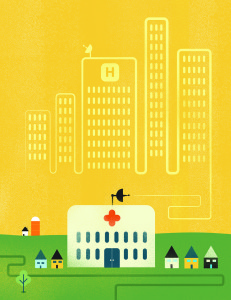
DNP students are required to complete capstone projects that show off those new problem-solving skills. The problem Erik Southard, DNP, FNP-BC, tackled in 2009 involved patients who landed in the hospital showing signs of mental illness.
The remote location of the 25-bed Sullivan County Community Hospital in Indiana made it hard to access the expertise needed to conduct a proper mental health evaluation. Either the patients endured long wait times, or they never got the evaluation at all.
“Some of them were ending up in a revolving-door situation, where they’d be heading back into the ER before long,” Southard says, recalling that he stumbled across information about the DNP program at the Johns Hopkins University School of Nursing “basically by accident” but recognized a place where he could learn to break that cycle. “As I was reading, I thought, ‘Man, I’m doing this stuff now, but I’m sure not doing it as well as I could or I should.’ ”
At the Johns Hopkins University School of Nursing, the DNP program is a “blended” affair in which students alternate between online distance learning and regular weeklong trips to Baltimore for in-person classwork. During his time in the program, for example, Southard worked in the evidence-based medicine program at the nonprofit Lugar Center for Rural Health.
The solution Southard implemented in his DNP capstone utilized video teleconferencing to link up with experts at urban health centers. The program brought wait times for a consult down from 16 hours to five and helped connect more patients with community resources and treatment plans.
His capstone will be published later this year in the journal Telemedicine and e-Health. The project has already been replicated in six other rural Indiana hospitals. And the hospital where it started has now launched teleconferencing initiatives in several other specialties.
After earning his DNP, Southard spent three years in a rural health clinic in Clinton, IN. Then he took over the fledgling DNP program at Indiana State University. He led the program through the accreditation process, and enrollment has increased from 7 to 23 students.
“When you grow up in a town of 1,500 people and get the chance to go to a place like Hopkins, you’re bound to come out seeing things differently,” Southard says. “The experience there helped me see health care at more of a systems level, as opposed to the small slice of the pie that’s in front of me at any given time.”
Think Fast … and Slow
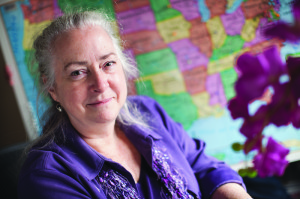
Not so long ago, nurses looking to deepen their knowledge while staying in clinical practice had no clear educational options after a master’s degree. Programs offering a PhD or a doctorate in nursing science were more focused on career paths in research and academia.
That situation has changed quite rapidly. The first true DNP program popped up in 1999. By 2010 nearly three of four nursing schools either had launched a DNP program or were planning to do so. The American Association of Colleges of Nursing has endorsed the new degree, calling for the DNP to replace the master’s as the entry point for advanced practice by 2015.
“The profession of nursing has been engaged in this long conversation about who is the nurse we need in the future,” Terhaar says. “The churn in knowledge is so fierce nowadays. We’ve got to help people be ready to keep learning through their whole career.”
One of the books DNP students read is Thinking, Fast and Slow, in which author Daniel Kahneman sorts through psychology research to help readers understand the different ways the brain makes decisions, whether it be by instinct, intuition, or in more measured ways.
“When you’re a nurse, you’re already a problem solver, especially in that fast way of thinking,” Terhaar says. “You have a feel for solutions that is informed anecdotally, by working with patients. What we’re doing is giving nurses the slow-thinking skills they need. We’re showing them when and how to take a more inquiring stance, going to the evidence in search of a solution that they can translate into practice.”
Leadership and communication skills are a strong focus of the curriculum. Newly minted DNPs can come up with a bevy of problem-solving ideas, but those ideas won’t get anywhere if the DNPs can’t win buy-in from workplace stakeholders, whether that means colleagues on a unit or a CEO in the corner office.
“That’s our brand here—we’re turning out leaders who can see and solve problems in ways that are good for patients and that work for institutions,” Terhaar says.
Team Approach
When Lina Younan, MSN, DNP, entered the program in 2010, she was a nervous wreck. The nursing director at the 130-bed Labib Medical Center in Saida, Lebanon was especially worried about her English skills and her limited grasp of statistics.
“It was like I was stepping into a new world,” she says. “But by the end of that first week I learned that yes, it was going to be a big challenge, but at the same time they were going to give me all the support I needed.”
In her capstone, Younan set out to close gaps in the way nurses at Labib handled patient “handoffs” between shifts. The procedures in place were vague and out of date, so Younan set up task forces in the medical, cardiac, and surgical units to develop new protocols. Each group included physicians and administrators as well as nurses.
“I was thinking that if everyone is a part of establishing this new tool, then they would be less resistant to using it later on,” she says.
The intervention had four parts—a new checklist tool, the integration of that tool into the patient file, training sessions on communications, and an institutional effort to reduce interruptions—especially physician rounds—during handoff windows.
The data set Younan’s team developed came from audio recordings of actual shift changes, which were later evaluated for omissions. Omissions per handoff dropped from 4.9 to 2.3. Younan’s capstone was published in the October issue of The Joint Commission Journal on Quality and Patient Safety.
Nowadays Younan finds herself venturing into new practice areas. She’s involved in an effort to promote healthy eating by children in Saida. And she’s helping humanitarian groups plan the best ways to deliver medical care to refugees from the war in nearby Syria. She’s also joined the nursing faculty at the American University in Beirut.
“The instability in Lebanon is a challenge for us in our jobs,” she says. “One minute you are thinking about advancing standards and the next you are wondering whether you will make it home alive. Many of us deal with this by focusing in even more on our work, and the leadership aspect of the DNP program has really given me an awareness of the areas where I need improvement and the areas where I have potential.”
‘What Can We Do Better?’
Terhaar compares the launch of the Hopkins DNP program to a small-business start-up. The faculty needed to be as nimble and flexible as possible once the plans they’d developed on paper came into contact with the unpredictable real world.
“We’ve embraced a rapid-cycle performance improvement process,” she says. “We are constantly looking at our program and our students, asking: ‘Are they where we want them to be?’ ‘What can we do better?'”
The most significant evolution in the program so far has been the development of an intensive focus on data management. When Martha Sylvia, PhD, MBA, RN, joined the faculty three years ago, she brought broad experience in analytics, data, and program evaluation from her work as director of Outcomes and Evaluation for Johns Hopkins Healthcare, which cares for about 300,000 patients through three insurance plans.
“This is the part of the program that many students are dreading when they arrive,” Sylvia says. “A lot of them come up to me in the first semester, telling me how nervous they are.”
Sylvia insists that students work with data from the first semester through the last. The small class size of about 20 students allows her the luxury of a lot of one-on-one work.
“As nurses, we have a lot of anecdotal information from patients, and that kind of information really drives us, especially emotionally,” Sylvia says. “It’s harder for us to think about things from a data standpoint. But we need those skills in today’s world. You’re not going to get stakeholders to buy into the idea that there’s a problem unless you can show to them that the problem exists—and that you can solve it.”
Every capstone includes a rigorous data management plan and goes through an internal review board process. Through it all, Sylvia finds herself stressing to students time and again the need to take it slow and make sure it’s right.
“They always want to run their statistics right away, and I always have to take them back 10 steps and say, ‘Not yet,'” Sylvia says. “The statistic they want to run isn’t going to mean a thing if we aren’t sure their data is clean and complete.”
Combination of Answers
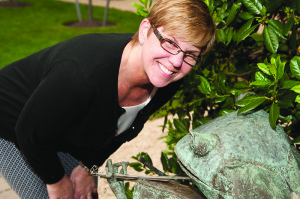
Carrie Kairys‘ first week as a DNP student did not go well. The quick immersion in statistics so unnerved her that she confessed in a phone call with her 16-year-old son to having doubts about whether she’d succeed at Hopkins.
“He said, ‘Mom, what did you expect, something easy? You’re getting a doctorate!'” Kairys recalls. ‘That just flipped a switch for me, somehow, and I was ready to move forward. And the funny thing is that data management turned out to be the most interesting and fun thing for me.”
Kairys is a nurse practitioner at a Department of Veterans Affairs facility in West Palm Beach, FL. Through most of its history, the VA has delivered care primarily to men, but the agency now finds itself caring for increasing numbers of younger women.
Kairys set out in her capstone to boost reproductive health services delivered to women returning from overseas. The intervention was integrated into the patient’s Electronic Health Record so that a series of four questions asked by a nurse generates an alert for her doctor. One combination of answers, for example, might result in a message that the woman is not using birth control and is on teratogenic medications that might be of danger to a fetus.
“You have some VA providers who see a lot of women, and this kind of thing is part of their normal day,” she says. “But then you have some others who still see women only rarely, so this might not be on their mind.”
The number of reproductive health screenings conducted went from 23 percent of cases to 71 percent after the intervention. The consulting firm Booz Allen Hamilton recognized the project as a VA “best practice.” The Office of the Inspector General cited it as a “facility accomplishment.”
Kairys earned her DNP just last year, but she is already taking on new translational projects. In one, she’s working to expand telehealth programs that deliver genetic counseling for women. In another, she’s developing a set of benchmarks by which the VA can evaluate the maternity care pregnant patients receive outside of the VA system.
“The program at Hopkins has given me a whole different focus with regard to evaluating things,” Kairys says. “Everything is more targeted. I’m able to get to the question of how do I make it better and see the end product more quickly, rather than being overwhelmed by the problem.”
A Happy Milestone
It’s only fitting that the DNP program should go through an evaluation process as rigorous as the one its students apply to their capstones. A grant from the Maryland Health Services Cost Review Commission enabled Terhaar to interview chief nurse officers around the state about their experiences with Hopkins DNPs.
“What they’re telling us is that the work of our graduates is characterized by a new level of scholarship and discipline,” she says. “They’re telling us that they’re very happy with our graduates, and that they’re getting even happier as the program evolves.”
As it reaches the 100-graduate milestone, the DNP program is reaching out to alumni with career support and professional development opportunities. In October, the School of Nursing hosted a conference of DNP graduates. Next summer, faculty will be offering data management training to alumni who graduated before that became a defining characteristic of the program.
It’s all part of that rapid-response evaluation that’s been under way since day one.
“The thinking at the outset was that we as clinicians and administrators now need certain content that isn’t in our basic nursing education,” Terhaar says. “We’re building a nursing practice doctorate that’s focused intensely on application and evaluation, and we feel pretty good about where we’re at.”


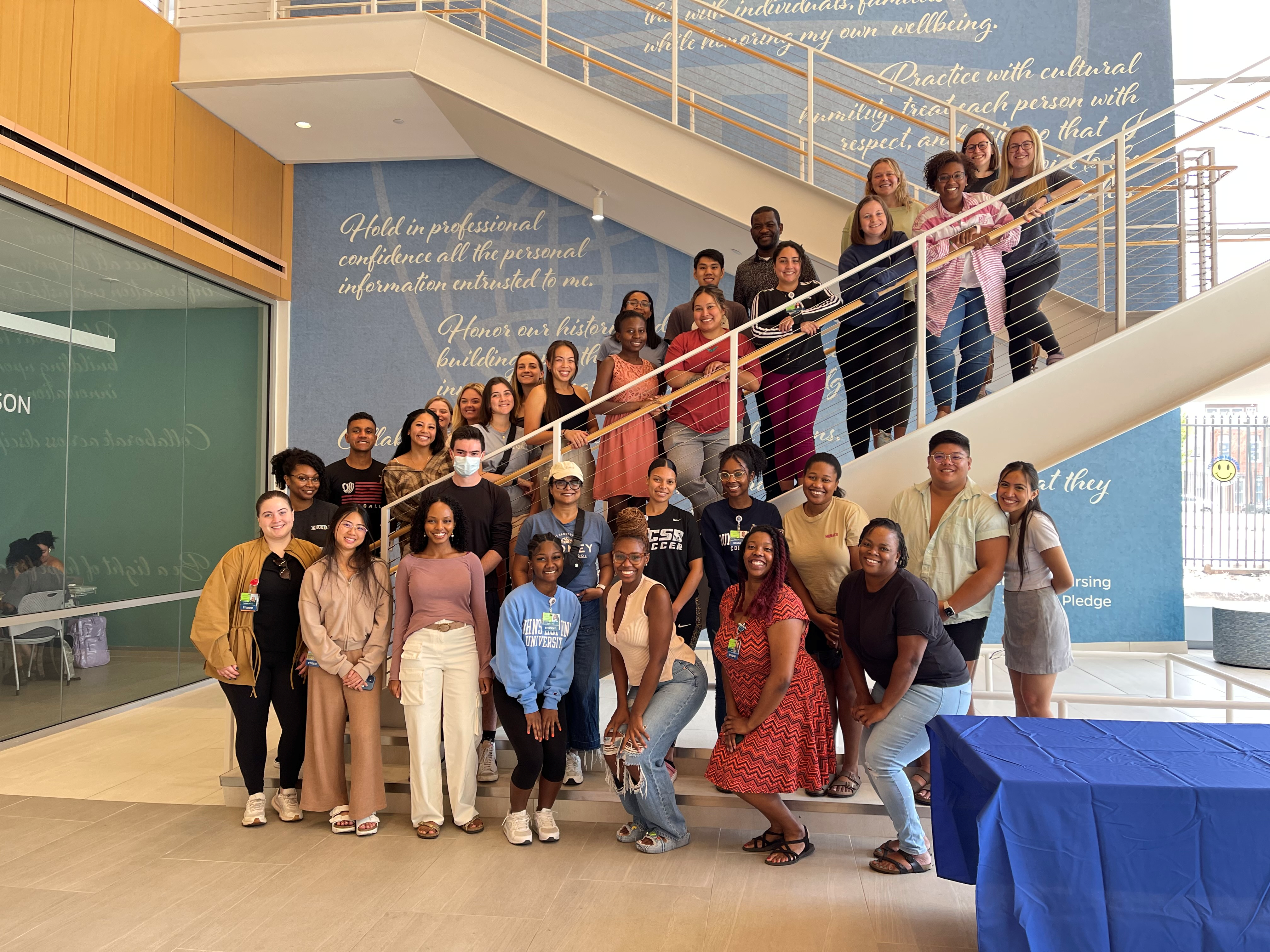 The Learning Collaborative: ‘I Think I Can, I Think I Can …’
The Learning Collaborative: ‘I Think I Can, I Think I Can …’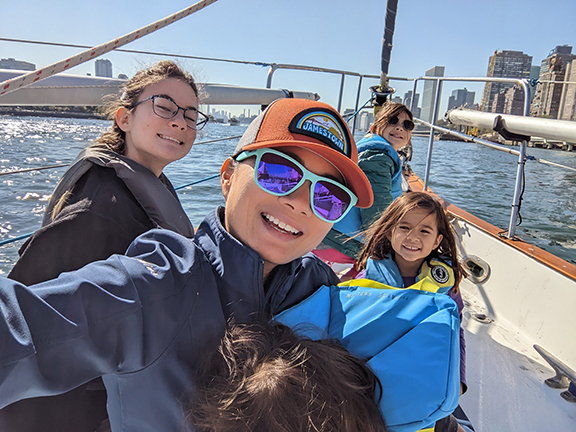 Sea Change for DNP Student
Sea Change for DNP Student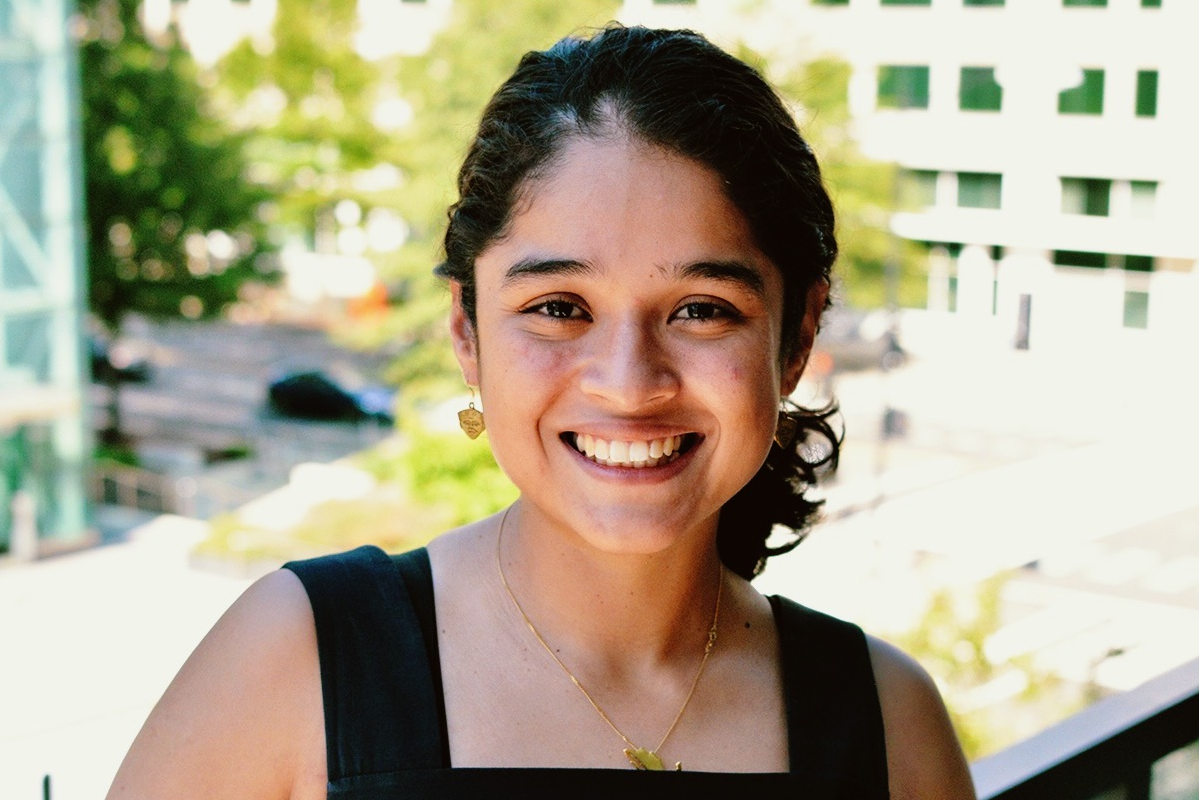 All Together Now!
All Together Now! Team Captain
Team Captain Sky’s The Limit
Sky’s The Limit







